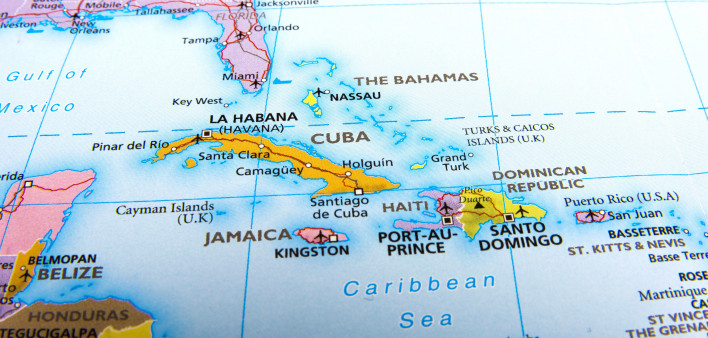The Dominican Republic has a plan to do more to end the HIV epidemic among its transgender residents than any other high-HIV-prevalence country, according to a review of national strategic plans published in the Journal of the International AIDS Society.
Transgender people are disproportionately affected by HIV, but data on this population are scant, and trans people have not been adequately prioritized in national HIV responses.
Between January and March 2021, Jennifer Sherwood, PhD, of amfAR, The Foundation for AIDS Research, and colleagues combed through the national HIV strategic plans of the 67 countries with the highest proportion of their population living with HIV, including countries in sub-Saharan Africa, Latin America and the Caribbean, Eastern Europe and Central Asia, and Asia and the Pacific region. The list included Botswana, Ghana, Thailand, India, Pakistan, Kenya, Venezuela, Dominican Republic, Chile and Jamaica, among others. The United States was not included in the analysis. The researchers searched for any references to transgender or trans people and counted how many plans included specific references to trans men, trans women and trans sex workers.
Of the 67 countries included, 50 had national HIV strategic plans that had been published or updated in the last decade. (Countries lacking a strategic plan included Singapore, Mexico, Brazil and Azerbaijan.) Of the 50 that did, all made some reference to transgender people, even if only to mention them when describing the HIV epidemic in their nation. For some nations, like Barbados, the Gambia, Ghana, Kenya, Malawi and Nigeria, that’s all the plans did: mention the existence of transgender people. Just seven nations specifically mention transgender sex workers in their plans, including Fiji, Jamaica, Malaysia, Pakistan and Myanmar. Only Myanmar’s HIV plan calls out trans men specifically.
Fourteen nations include transgender people among their targets to end HIV along some point of the care continuum—from prevention and testing to linkage to care and access to services and medications and finally to progress toward viral suppression. But none of these nations include trans people in all indicators or have epidemiological data to back up policy decisions. And only seven have plans for activities specifically including transgender people along that continuum. Those are South Africa, Thailand, Malaysia, Kyrgyzstan, Jamaica, Indonesia and Dominican Republic.
“Many [national strategic plans] in this review grouped trans women with MSM [men who have sex with men] in their description of populations, epidemiological data and indicators/targets,” wrote Sherwood and colleagues. “The ongoing subsummation of trans women into the MSM population erases the specific HIV-related experiences and vulnerabilities of trans women and results in less effective HIV programming.”
Most nations don’t specifically create indicators and funding for trans people, the study found. Even nations that include transgender people in their plans don’t always mention them in budgets. For example, South Africa and Thailand don’t mention trans people at all in the budgeting section of their plans. However, the tiny island nation of Fiji has a plan that includes funding to support ending the HIV epidemic among trans people than those two countries.
But the Dominican Republic tops the list. The nation’s strategy specifically lists trans citizens as a separate key population. Not only does the strategy include trans people in every section, it also includes funding for them at every step of the HIV care continuum.
Sherwood and colleagues call on countries to do more for their trans communities.
“[National strategic plans] must incorporate trans people in all key sections and include budgets for trans-specific programming,” the authors wrote. “Trans programming should be trans-led and must explicitly address gender identity inequities given the social stigma and structural discrimination faced by trans communities.”
Click here to read the full study.
Click here to read more news about transgender people and HIV and to learn more about what’s in the U.S. National HIV/AIDS Strategy.







Comments
Comments